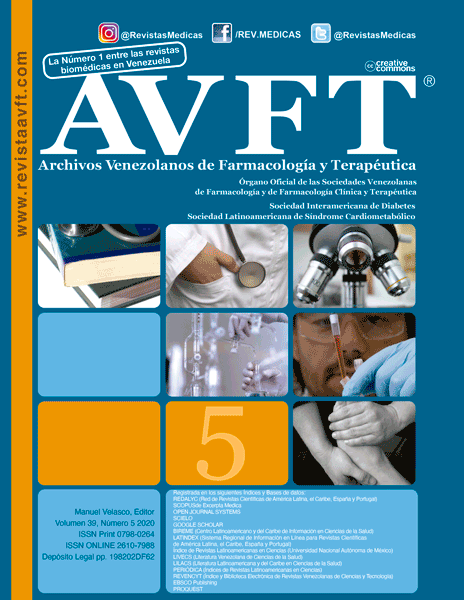Community-acquired pneumonia: the dynamics of senior medical students’ knowledge
Palabras clave:
community-acquired pneumonia, diagnosis, pharmacotherapy, level of knowledge, pharmacoepidemiology, studentsResumen
Community-acquired pneumonia (CAP) is an acute infectious disease. Inflammation of the lower respiratory system, interstitium, and microvasculature, mainly of bacterial etiology, is a typical pathological sign of this disease. It is one of the leading causes of death from infectious diseases. The survey was conducted within the KNOCAP multicenter research project (the full name of the project “The assessment of students' and physicians' knowledge of community-acquired pneumonia basics”). We have assessed the knowledge and preferences of doctors and 85 senior medical students from Belgorod National Research University majoring in Medicine by surveying them two times – before and after the conduction of educational activities. The first stage of the project was carried out in 2017-2018, the second one – in 2018-2019. Educational activities were held during the educational process (in particular, during Clinical Pharmacology). The greatest difficulties appeared when answering the questions: the choice of the main criterion for the terminating antimicrobial therapy (AMT); the choice of the main diagnostic sign when examining a CAP patient; the choice of the criterion for CAP diagnosis confirmation. This study makes a significant contribution to the development of a practical health care system because it allows both identifying "weak spots" and improving the quality of CAP patients’ management tactics. There is a necessity to conduct more studies about this matter since the current health care system is experiencing changes, and new clinical guidelines are published.




